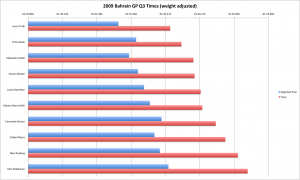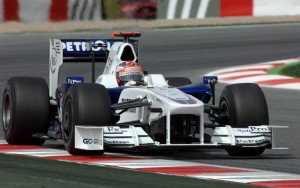 Back in March, Oliver White at BlogF1 posted an interesting comparison of pre-season testing times from 2008 versus those of 2009.
Back in March, Oliver White at BlogF1 posted an interesting comparison of pre-season testing times from 2008 versus those of 2009.
In those numbers was a hint of the dominance to come from Brawn GP and the relatively poor performance of McLaren’s MP4-24. But they were also a bit misleading in that the second best improved team was BMW followed by Ferrari, neither of which have impressed much this year. Red Bull, currently second in the Constructors’ Championship, did only marginally better in the comparison table.
Last weekend’s Spanish Grand Prix marked the start of the European F1 season which is traditionally the time when teams introduce upgrades to their cars. In fact, in previous years, many teams would only release their new car when they got to Europe, choosing to run the previous season’s car for the opening flyaway races.
So with most of the teams bringing updated cars to Spain there was a lot of talk of improvements in lap times. BMW’s upgrade was the most radical, attaching a new rear wing, front wing and a completely redesigned nose. BMW team boss, Mario Theissen, said they were hoping for a half second per lap improvement.
But are the cars significantly faster now than they were at the beginning of the year? As the teams all tested at the Circuit de Catalunya in the winter we can compare their times set in testing with their times set during the Spanish Grand Prix weekend.
Below is a table comparing the fastest time set by each team at the Barcelona test in February to their fastest time set during the Spanish Grand Prix weekend.
| Team |
Driver (Test) |
Best Time (Test) |
Driver (GP) |
Best Time (GP) |
Difference |
| Williams |
Rosberg |
01:19.744 |
Rosberg |
01:21.588 |
+00:01.844 |
| Brawn |
Barrichello |
01:18.926 |
Button |
01:20.527 |
+00:01.601 |
| Toyota |
Glock |
01:20.091 |
Glock |
01:21.247 |
+00:01.156 |
| BMW |
Kubica |
01:20.214 |
Kubica |
01:21.239 |
+00:01.025 |
| Renault |
Alonso |
01:20.664 |
Alonso |
01:21.392 |
+00:00.728 |
| Force India |
Fisichella |
01:21.045 |
Sutil |
01:21.742 |
+00:00.697 |
| Ferrari |
Massa |
01:20.168 |
Massa |
01:20.553 |
+00:00.385 |
| Red Bull |
Vettel |
01:20.576 |
Vettel |
01:20.660 |
+00:00.084 |
| Toro Rosso |
Buemi |
01:21.013 |
Buemi |
01:21.067 |
+00:00.054 |
| McLaren |
Hamilton |
01:20.869 |
Hamilton |
01:20.805 |
-00:00.064 |
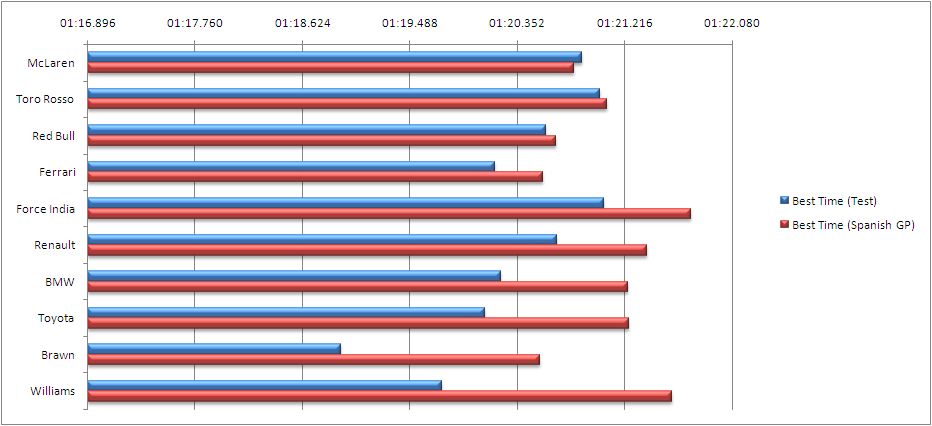
To be honest, I’m a bit confused by the results. It shows that all the teams except McLaren posted slower lap times at the Spanish Grand Prix than they did in testing. In fact Brawn GP were the second biggest losers in the comparison despite dominating the race last weekend.
Perhaps this kind of comparison is not really valid but if BMW claim their car is now half a second a lap faster shouldn’t they have been able to at least match the time they set in testing?
If anyone has any ideas about how to interpret these results, I’d love to hear it in the comments.
Image: BMW AG
 The FIA now publishes the weights of each car after qualifying on Saturday. Those cars that make it through to the final qualifying session must use the fuel they qualified with while the rest of the field may refuel before the race.
The FIA now publishes the weights of each car after qualifying on Saturday. Those cars that make it through to the final qualifying session must use the fuel they qualified with while the rest of the field may refuel before the race.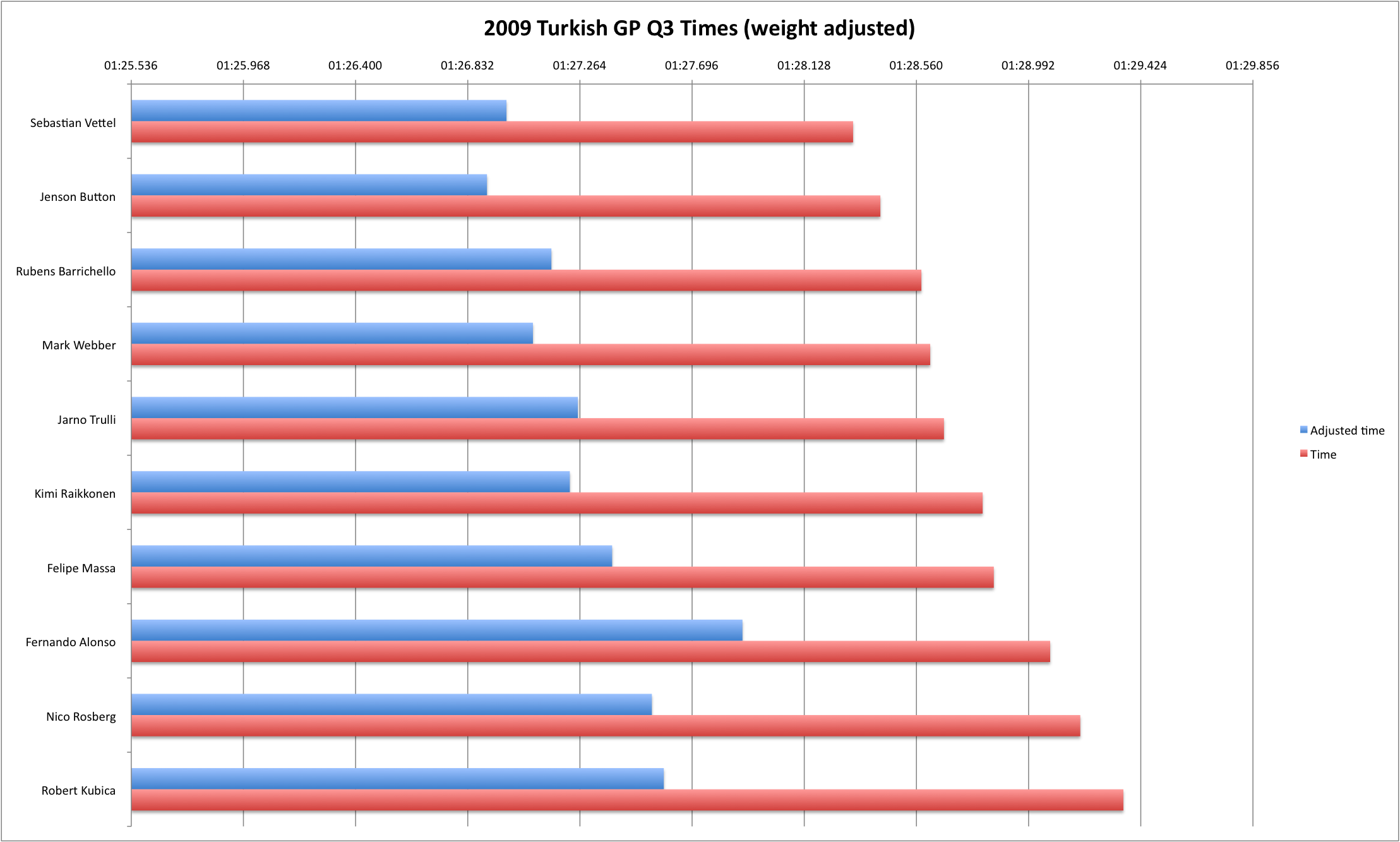
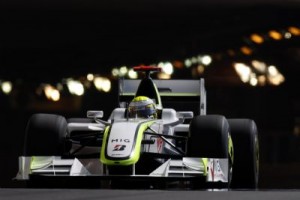 While today’s qualifying session for the Monaco Grand Prix was a disappointment for Lewis Hamilton, who hit the barriers in Q1, it was pole number four for fellow Brit Jenson Button.
While today’s qualifying session for the Monaco Grand Prix was a disappointment for Lewis Hamilton, who hit the barriers in Q1, it was pole number four for fellow Brit Jenson Button.
 Back in March, Oliver White at
Back in March, Oliver White at 
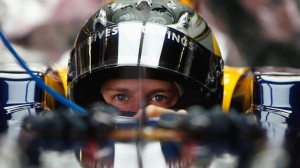 The proposed
The proposed 
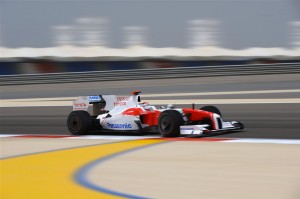 The FIA now publish the declared weights of the cars at the start of the Grand Prix. Those cars that made it through to the third qualifying session are weighed directly after qualifying while others have their weights declared by the team shortly after the session.
The FIA now publish the declared weights of the cars at the start of the Grand Prix. Those cars that made it through to the third qualifying session are weighed directly after qualifying while others have their weights declared by the team shortly after the session.